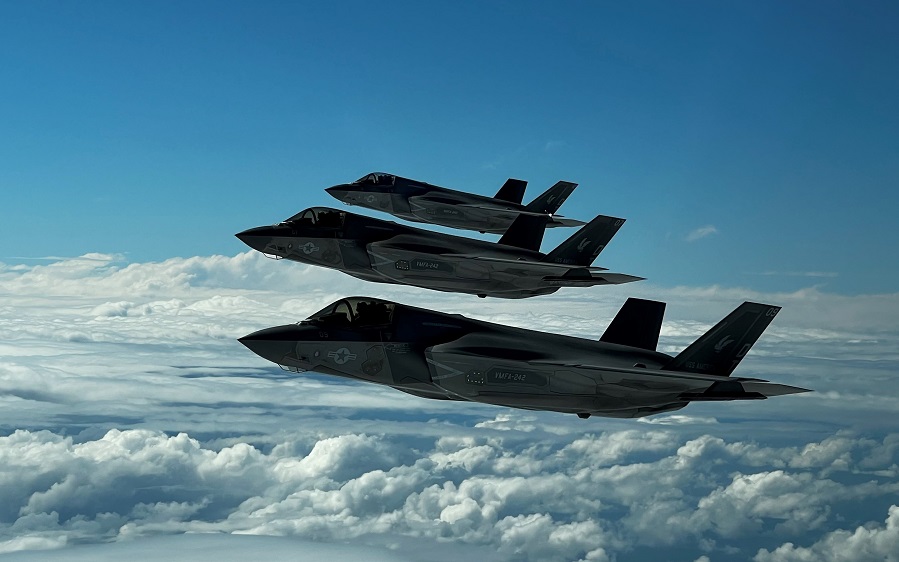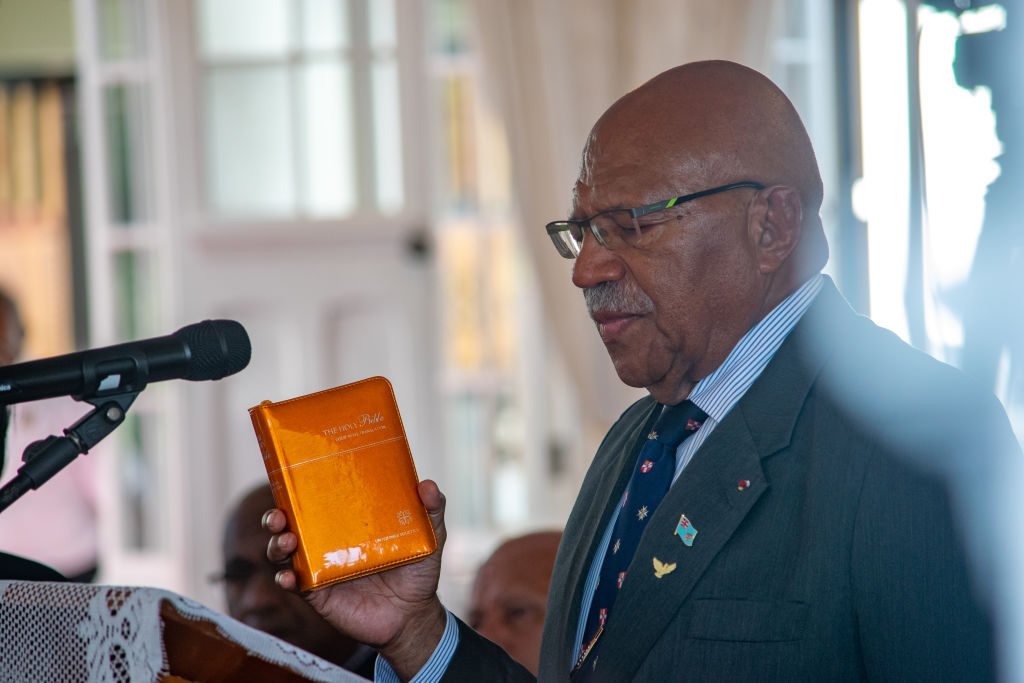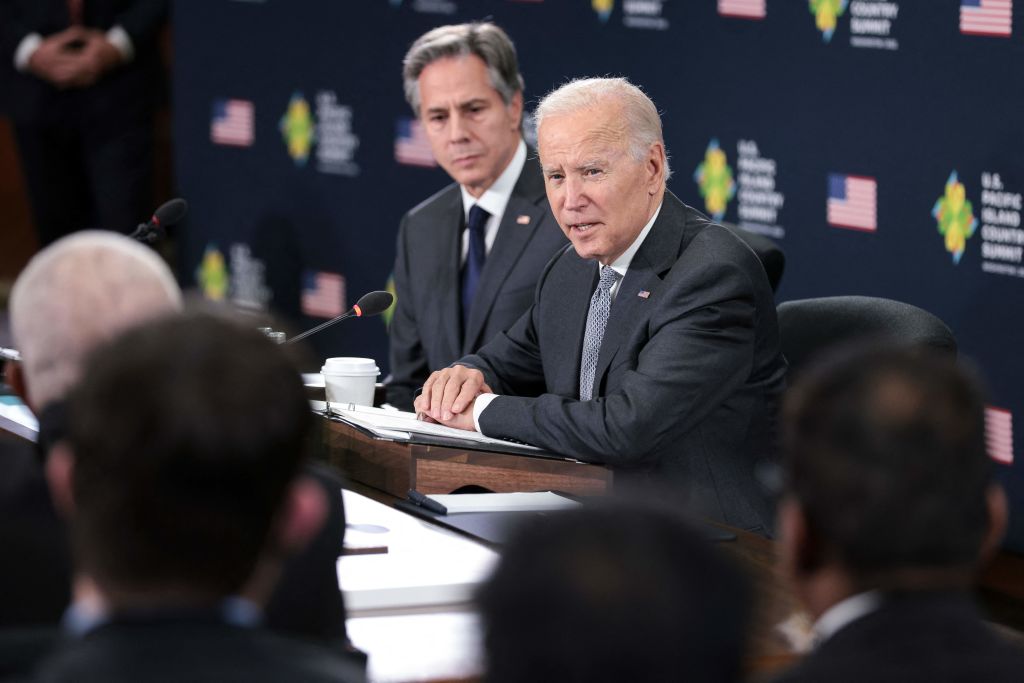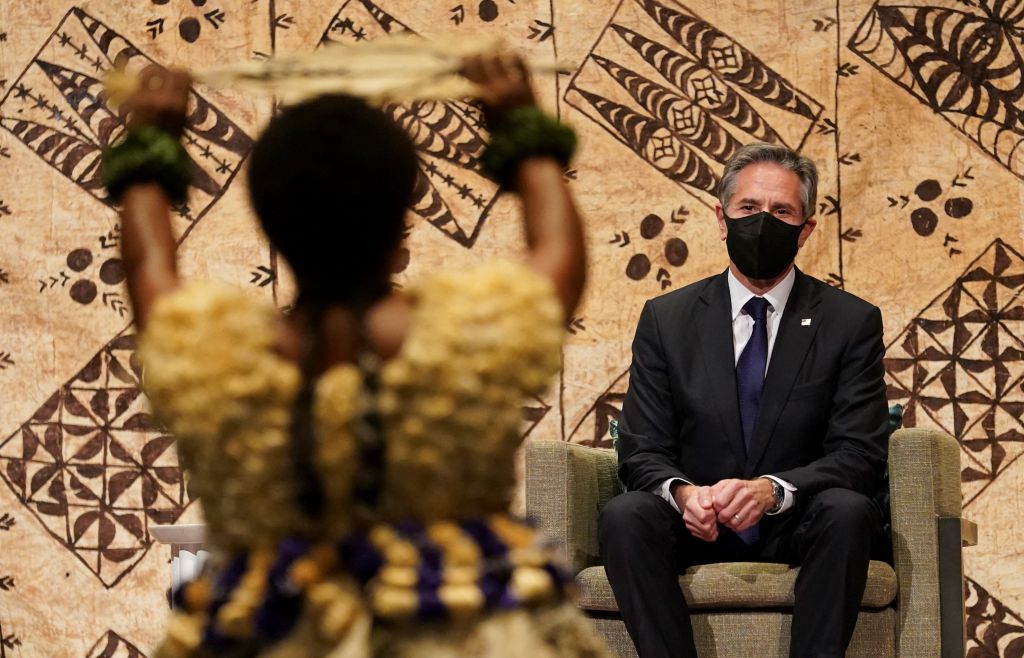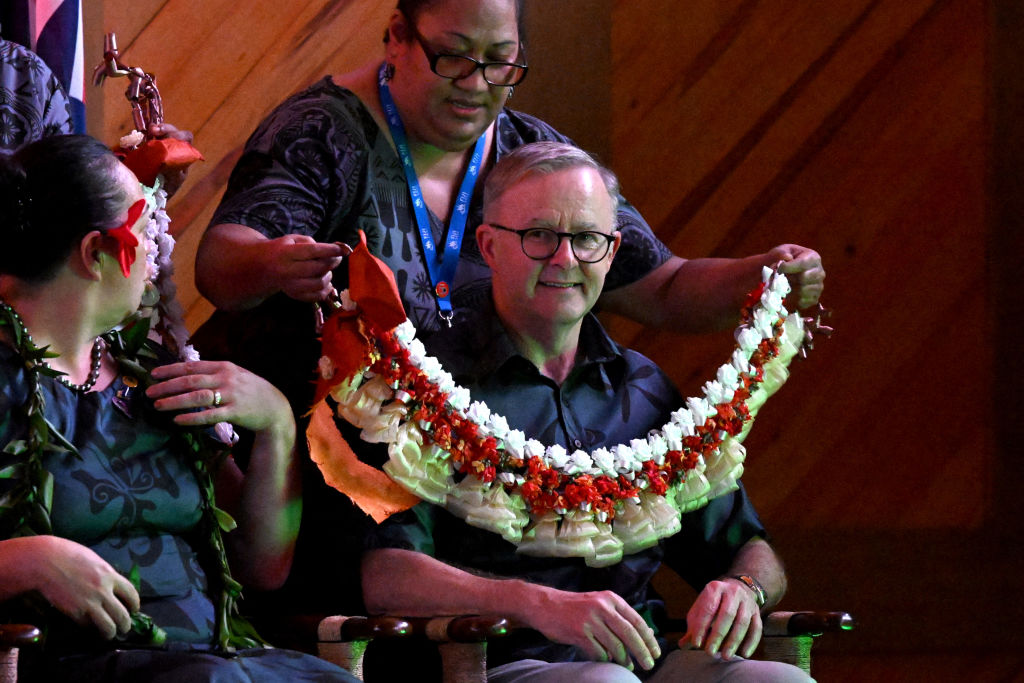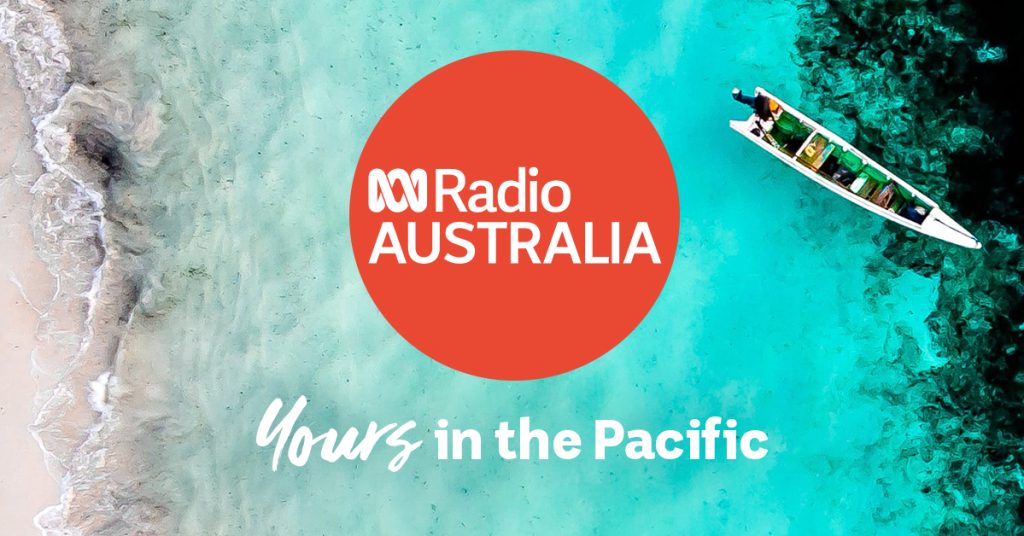Avoiding a bidding war in developing Pacific island militaries
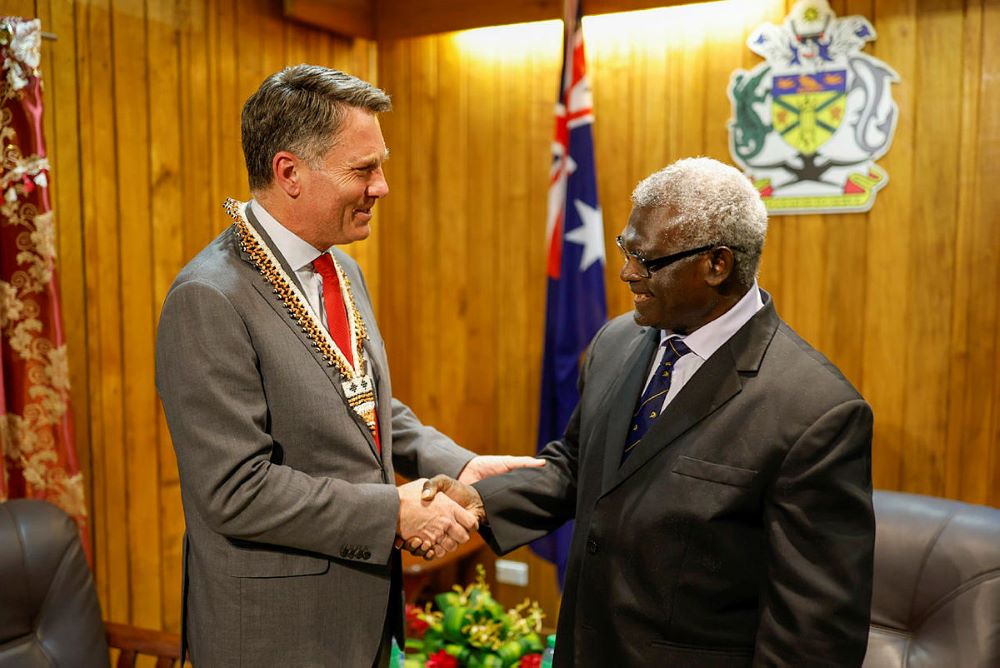
Strategic competition in the region has provided Pacific island leaders with both an opportunity and motivation to build their security capabilities. For some, that could include standing up a military for the first time. Both Papua New Guinea and Vanuatu recently declared their intent to renegotiate their security agreements with Australia, while Solomon Islands Prime Minister Manasseh Sogavare has reiterated his intent to establish a military in his country.
Defence Minister Richard Marles has told Sogavare that Australia would be ‘very keen’ to provide support if asked, and mentioned that a similar discussion had been held with Vanuatu. If Australia wants to retain its status as security partner of choice in the region and expand its partnerships, it should now focus not on whether to support the development of new militaries in the Pacific, but on how.
Pacific island countries and their partners must ensure that any future military is built to meet the needs of Pacific people. That may seem obvious, but it hasn’t always been reflected in Australia’s recent history of engagement and support in the region. And it’s not the approach other potential partners, like China, will take.
Australian security support is better suited to this than alternatives. Decades of deep engagement with Pacific partners have improved the quality of the Australian option. Although not every security decision will have unanimous approval—like the limited rearmament of the Solomon Islands police force—Australia’s assistance is still mostly appreciated by Pacific populations.
But when it is offered as a counter to Chinese proposals, Australia’s assistance is cheapened in the eyes of Pacific partners. This approach sets Australia up to fail to achieve its highest—though altogether unrealistic—goal of creating a partnership so strong that China can never be considered the security partner of choice.
Pacific militaries need more support than any one country has been willing or able to deliver. The Pacific is enormous and faces extreme natural disaster risks and other climate-related crises. Pacific leaders are often left with little choice but to play potential partners off one another to maximise benefits in a finite window of heightened attention and opportunity. But the bidding wars this generates are fuelling a support arms race, with grand gestures distracting from what’s truly important—long-term, stable, secure development.
The development of new Pacific militaries cannot be approached by waiting to outbid Beijing with half-baked counteroffers. Pacific leaders must focus on identifying why a military is needed and what it would be used for, and Australia should be proactive in supporting them in that process.
Australia has proven its ability to do that. Advisers are already aiding Solomon Islands and Vanuatu under the Defence Cooperation Program and assisting in the development of national security strategies. But it’s time to move on from being ready to support when asked to pre-emptively offering our friends help, because every time Australia offers support reactively, the partnership value of the project is diminished.
Of course, everybody has an opinion on what a suitable military would look like in their country, and Solomon Islands and Vanuatu have faced questions in the past about their need to have militaries at all. Still, they are the two most likely to create new militaries in the near future, and there are many reasons for them to do so—to reduce reliance on external forces for stability and humanitarian assistance and disaster relief, to contribute to UN peacekeeping missions, and to improve coordination with partner militaries.
While the final decision is up to Solomon Islands and Vanuatu, it’s essential that the purpose of any new military is clearly defined and widely understood by supporting partners.
It’s worth noting that this isn’t a question China is likely to consider carefully—it will likely offer a quick and flashy solution that may not align with the military’s true purpose in order to generate positive press coverage and undermine Western partnerships. Australia can’t allow itself to do the same. It must propose support that’s truly fit for purpose and emphasise that this is how Pacific governments can deliver the best outcome.
Once a new military’s purpose is clearly defined, Australia would probably emerge as the most suitable partner to support its establishment. Australia is the largest provider of humanitarian assistance and disaster relief in the Pacific. The Australian Defence Force has provided Fijian forces with support and training for peacekeeping operations and the two militaries have deployed to the same UN peacekeeping operations. Australia has also led stability operations in Solomon Islands and, by delivering the highly regarded Pacific Maritime Security Program, continues to strengthen interoperability among security forces across the region.
Setting clear boundaries that define where Australia’s assistance ends and where there is space for other partners will be a challenge. In developing a new military, all parties must ensure that everything aligns—including doctrine, training and equipment—so that it has a strong structural foundation.
Other like-minded nations should be encouraged to find ways to assist. Australia could support that coordination if asked, but there must be a clear expectation that there’s little to no room for China in this process—its involvement would preclude the development of a well-suited, cohesive military. Setting those expectations is not a form of paternalism; it’s choosing to focus on quality support that doesn’t compromise our values.
Now is the perfect time to create stronger, lasting partnerships with Pacific island countries that are seeking to develop their own militaries. It all starts with offering things that alternative partners can’t: patience, understanding and a long-term commitment to meeting the needs of Pacific nations.
Australia can’t act only in fear of China while demonstrating to Pacific countries genuine belief in building Pacific resilience. Once strong partnerships are in place, the region can work together to establish where Chinese support can be utilised without weakening the performance or integrity of a new military. There is too much at stake for Australia to give up the initiative and fall into a reactive mindset.

